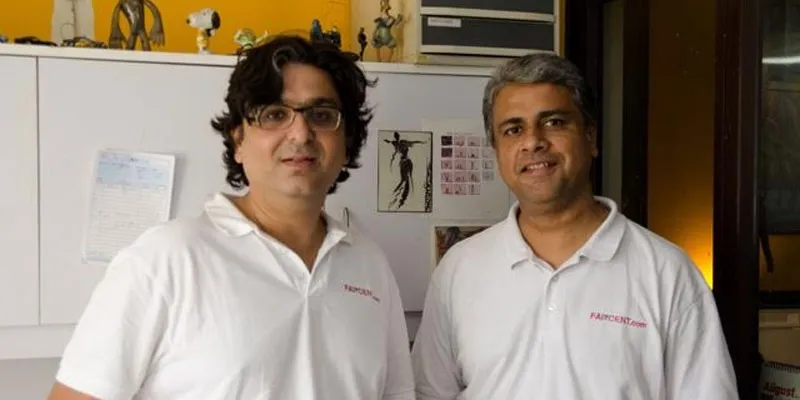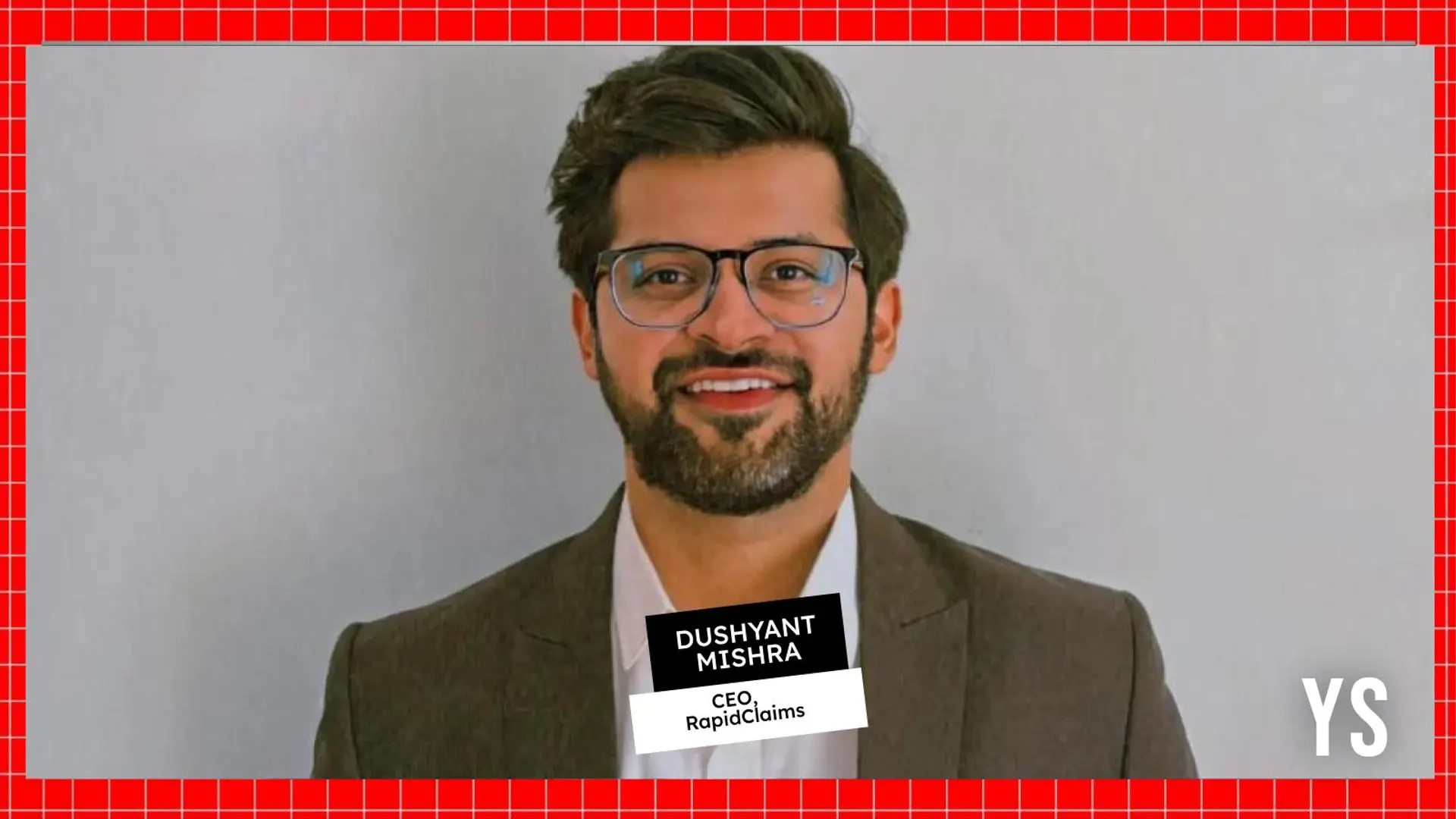With INR 1.25 cr disbursed in one yr, Faircent aims to become India’s biggest P2P lending platform
It was year 2011, and a young man was looking to buy a Royal Enfield motorcycle. He did not want to pay high interests while seeking a loan, so he used what was available to him at that time - Facebook. He put up a post seeking contributions from his family and friends. This gave Rajat Gandhi the idea for Faircent. The DNA of the company, according to Rajat, is to provide credit on demand.
"My colleague's post on Facebook got me thinking if this could be done on a larger scale, where not only friends and family but even complete strangers can help one another. It seemed like a win-win situation, where people who borrow could save on interest, while not hampering the lender’s interest rate," says Rajat.
Building the team
With this idea in mind, Rajat set out to build a platform and core team. Soon he reached out to his friend and ex-colleague at 'Times of India', Vinay. The duo was part of the initial team that founded Times Business Solutions Limited. Having undergone the rigours of starting up in a large company, the duo felt that they could work well together.
The son of a fighter pilot, Rajat began his career as an ad sales executive at 'Times of India' and has worked with brands like Timesjobs.com, Magicbricks.com and simplymarry.com. After his stint at the Times Group, he headed Performics in India, a Chicago-based, digital marketing agency and part of Publicis Groupe, with clients like Airtel, Microsoft, RB, Nestle and Air France amongst others.
Rajat says that the both of them always wanted to disrupt a big business, and felt that the opportunity to disrupt one of the oldest and biggest industries like banking comes once in a lifetime. As the duo held discussions, they realised that they needed expertise and help of someone from the banking and financial services industry. So they reached out to Vinay's ex-boss from Rediff, Nitin Gupta, who was heading MasterCard in South Asia.
When Nitin heard of the idea, he decided to join in as a co-founder, instead of an advisor.

Creating an ecosystem
"We are pioneers, and to be the first has its own challenges. We are not only building a business but a whole new industry and this requires us not only to challenge every notion and practice but also to build the foundation and plumbing for this industry to grow," says Rajat.
Of the challenges, he says, there was a need to build an ecosystem which can facilitate frictionless P2P lending in India. "Towards that, we have been engaging with the regulators like RBI, credit bureau, e-payment companies, credit verification and recovery agencies," he adds.
On the other hand, they faced the business challenge of attracting and retaining talent, customers and building a robust technology-enabled credit scoring model.
On how they are facing the challenges in the ecosystem, Rajat says it’s a work-in-progress. On the business front, he claims the team has been able to build an amazing, technology-enabled credit model. He adds that they have hired some of the best talent in the industry and most importantly they seem to have unlocked a huge latent consumer need, to lend money. "Today our challenge is to provide credit-worthy borrowers to our over 2,500 lenders," Rajat says.
Creating the core
Keeping their USP of ‘credit on demand’ intact, the team decided to build Faircent as one of the best tech platforms in the world, integrating global players like Transunion, Yodlee, Jocata, and Lendo.
"Our algorithms not only score on the basis of rule engine but also predict the delinquency of a borrower," says Rajat. The team also uses technology to access borrowers on over 50 top-level parameters and hundreds of sub-parameters, each assigned a weighted average. Depending on the borrower's requirement (business, marriage, credit card and education) they have different rules and weightages. By this they are able to assess not just ability and stability but also the intention of the borrower to pay back the loan.
The team has a detailed Android app for their lenders to do real-time trading. This is a major step towards ‘credit on demand’. The idea of a trading platform where the lenders will be able to buy and sell Faircent loans is being worked upon.
Growth and traction
The team claims that the company has been growing at a steady pace and from the time the company began its operations in August 2014 till date they have had over Rs 1.25 crore of money lent through the platform; over 12,500 borrowers and 2,500 lenders are registered on the platform, committing over Rs 2.6 crores. "We have a run rate of over Rs 40 lakh per month," adds Rajat.
Faircent raised an initial seed round in January, followed by a pre-Series A funding of USD 2,50,000 from Singapore-based M&S partners in May this year. The funding is being used for technological development, marketing and team building efforts.
Faircent has a simple and transparent revenue model: it only charges listing fees, just like any classified website, from both borrower and lenders. Presently, the listing fees is Rs. 1,500 for both borrowers and lenders to borrow or lend up to Rs. 1.5 lakh.
In the next 12 months, the team intends to focus on mobile both to enable lenders and borrowers to transact and use mobile data for better credit appraisal. Rajat says that their objective is to make sure a loan gets disbursed in under 10 minutes. "We want to be faster than Uber; the internal target is that a borrower should get a loan before a Uber arrives at his doorstep," he adds.
The company is targeting over Rs. 800-1000 crores of disbursement in the next three to four years. By 2016, the Indian loan market is expected to reach a size of Rs 21,980.6 billion with a CAGR of 18.7 per cent. Rajat believes that a large portion of the loan market will move to P2P models.







